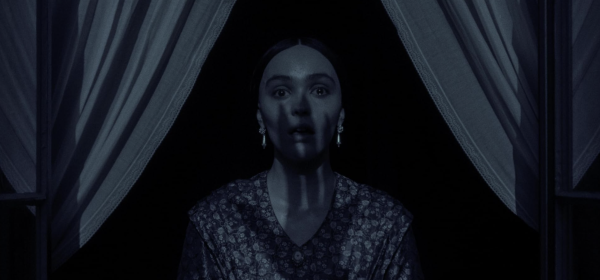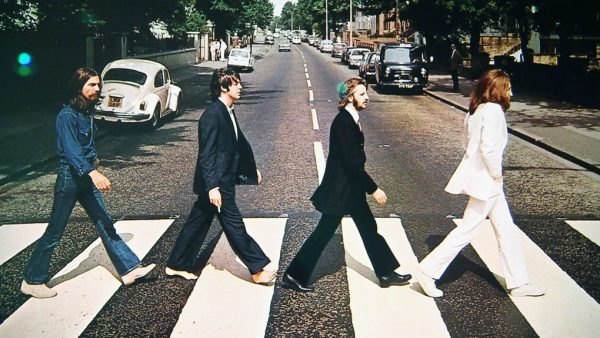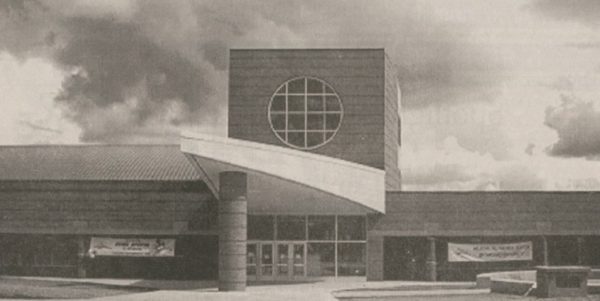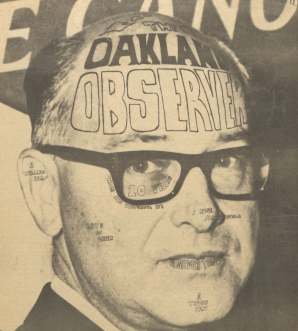Artist uses home as canvas
Before holiday break, The Oakland Post published a piece on Detroit’s Heidelberg Project. The project has taken over a street in Detroit and filled it with art — the once deteriorating street is now decorated with murals, found art pieces and various installations that convey messages about the struggles of urban communities.
In the middle of Heidelberg Street sits a vibrant orange house adorned with ironworks and painted text. This is the house of Tim Burke, 49, a veteran Detroit artist. Although his house is not directly affiliated with the Heidelberg Project, he has been a longtime supporter of founder Tyree Guyton’s cause.
Burke has turned his house into a massive art installation, a constant work in progress. In an interesting twist, his house is even copyrighted.
Since then, Burke has added his own artistic vision to the house. Its entrance is guarded by “iron creatures,” looming human-like sculptures. His idea for the creatures was born out of a recurring nightmare he used to have as a child.
“The iron man is an archetype image, just like the Tin Man in the ‘Wizard of Oz,'” Burke said.
Burke grew up in a violent alcoholic home and much of his art speaks as protest against these abuses.
The second central work of his house is a piece titled “Weapons of Mass Destruction.” It is a metaphorical piece littered with alcohol bottles and a giant ad of Bombay Sapphire. He believes alcohol is used as a weapon of mass destruction. The work calls attention to the fact that alcohol is one of the nation’s biggest killers.
“The bottles used are all found right here in my neighborhood, there is a liquor store on every corner,” Burke said.
Burke believes that the state and manufacturer should be held responsible for selling alcohol and sued in the same way tobacco companies were sued in the 90s.
Burke started making art in 1986, around the start of the Heidelberg Project. Later he met Guyton and began putting up his iron creatures on the street in 1993.
Around this time, Burke’s success as an artist grew. His work was shown with international artists at the Biegas Gallery in 1992. He also had his art work for sale at the Detroit Institute of Arts.
“I made tables and chairs constructed from their renovation granite,” he said.
This summer, he created four pieces, one which was donated to the Midwest Aids Coalition auction. It was a 10-foot tall wooden sculpture of a cat titled “Crack me up Kitty Cat.”
To see more photos of Tim Burke’s art, go to detroitindustrialgallery.com or visit his home on Heidelberg Street.







